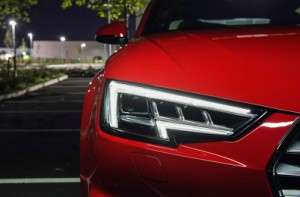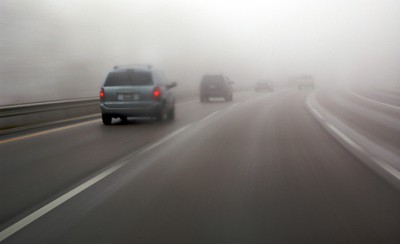When leaving your car parked on a street at night, do you think about turning your parking lights on? Well, according to the law, parking at night without leaving on your sidelights is illegal in certain circumstances.
We’re here to give you clarity of what you should and shouldn’t do when it comes to using your parking lights correctly.
We’re here to give you clarity of what you should and shouldn’t do when it comes to using your parking lights correctly.
 What are parking lights? Another term we’re more familiar with in the UK is sidelights, which are the small lights found in the front corners of your car, usually within the headlamp unit itself.
What are parking lights? Another term we’re more familiar with in the UK is sidelights, which are the small lights found in the front corners of your car, usually within the headlamp unit itself.The reason why sidelights should be used rather than any other car light, is because it’s not as bright as headlights, so therefore are used by drivers to make themselves more visible to other traffic during times when it’s not dark enough for main lights.
How do I use my parking lights correctly? Using your parking lights correctly is a key safety fundamental to keep in mind when leaving your car unattended when it’s dark.
Almost all light switches in modern cars are either found on the dashboard, to the right-hand side of the steering wheel, or on the end of the indicator stalk. Your parking lights can be switched on and off by rotating the dial into the correct position.
What does the law specify about using your parking lights correctly? It states within the Highway Code all vehicles must use their parking lights when parked on a road (or layby) with a speed limit of over 30mph.
What does the law specify about using your parking lights correctly? It states within the Highway Code all vehicles must use their parking lights when parked on a road (or layby) with a speed limit of over 30mph.
If the road you have parked on has a speed limit of 30mph or less, it isn’t necessary for you to leave your parking lights on, under the circumstances of:
Also, look at the weather conditions you are in – if you are in foggy or unclear settings, it is worthwhile switching on your parking lights then too.
- Your spot is a distinguished parking bay or lay-by
- You’re facing in the direction of the traffic flow, close to the kerb, and at least 10 metres from the nearest junction.
Also, look at the weather conditions you are in – if you are in foggy or unclear settings, it is worthwhile switching on your parking lights then too.
 To conclude, many of you may be thinking – “will I get a flat battery?”. The answer is, unlike headlights, sidelights actually operate on a low wattage and are designed to be able to withstand being left on for a longer period of time without draining your battery.
To conclude, many of you may be thinking – “will I get a flat battery?”. The answer is, unlike headlights, sidelights actually operate on a low wattage and are designed to be able to withstand being left on for a longer period of time without draining your battery.If you are looking for a rough guess as to how long you can leave on your parking lights – simply find your vehicle’s amp-hour rating and then divide this figure by 2.5 to get your answer.
We hope you are now knowledgeable about using your parking lights correctly.